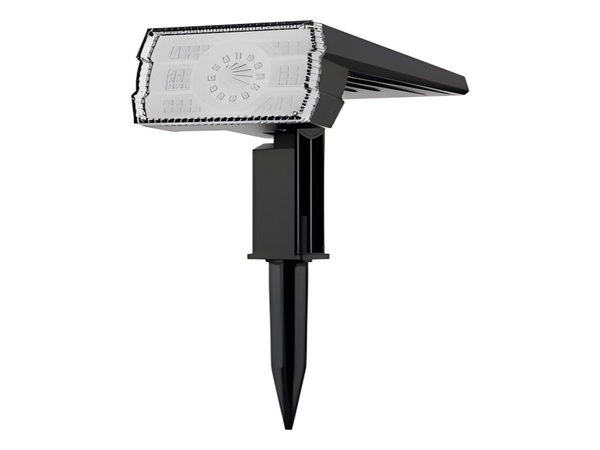

The prices of 7-meter solar street lights vary in the market, with some costing four to five thousand while others are priced under one thousand. When making a choice among different prices, users must consider the cost-effectiveness of the product. Some users believe that lower prices offer better value, thinking they can simply replace the product if necessary. However, this is not necessarily the case, as the factors determining product prices are often the quality of the battery and the solar panel. When the quality of these two components declines, it not only affects performance but also significantly reduces the lifespan of the product.

First, the working performance is significantly related to the price of the 7-meter solar street lights. Some manufacturers produce models that can still generate electricity on rainy days due to the high quality of their solar panels. Conversely, some manufacturers lack such advantages, resulting in poorer quality during use. Additionally, users should consider the product’s lifespan during usage. Cheaper models often fail to function after about six months because their batteries can no longer recharge.
Although these models may have a price advantage in the beginning, a lifespan of only six months makes them far less cost-effective. The reason for their lower prices is often the use of old batteries. In contrast, models that use high-quality, brand-new batteries can last seven to eight years without failure. The price difference is typically minimal, yet the lifespan can be several times greater. Moreover, there are performance differences during usage, making the higher-priced options more cost-effective in the long run.



